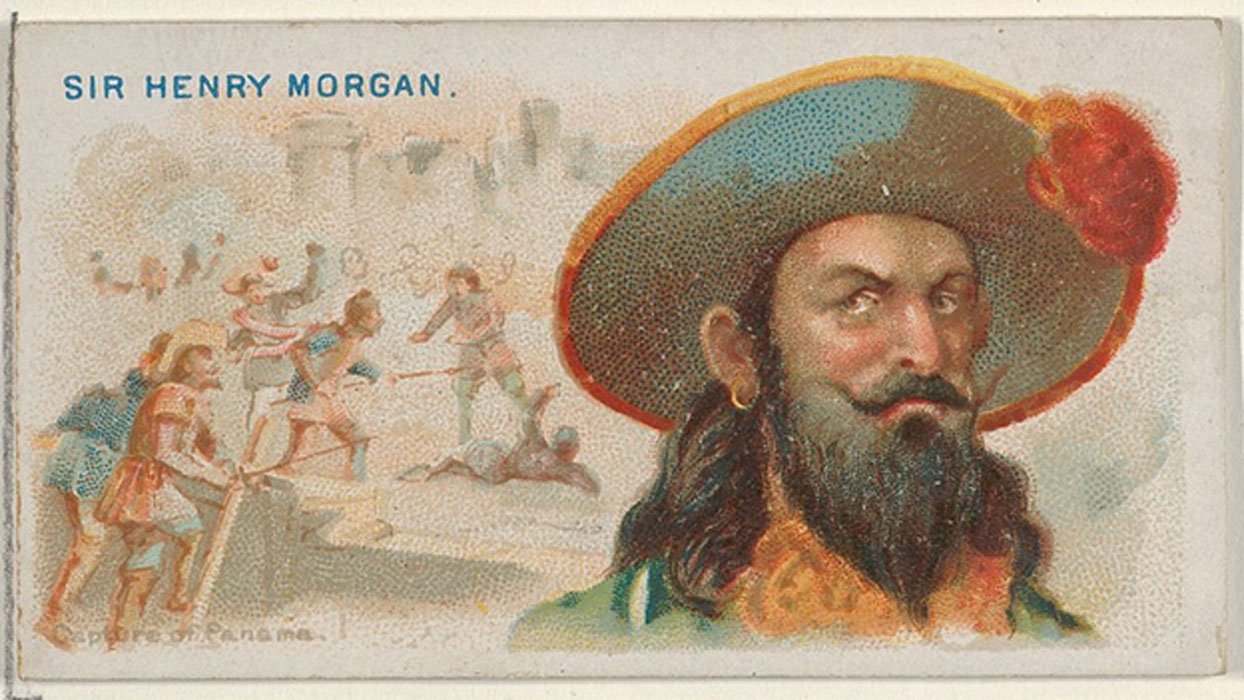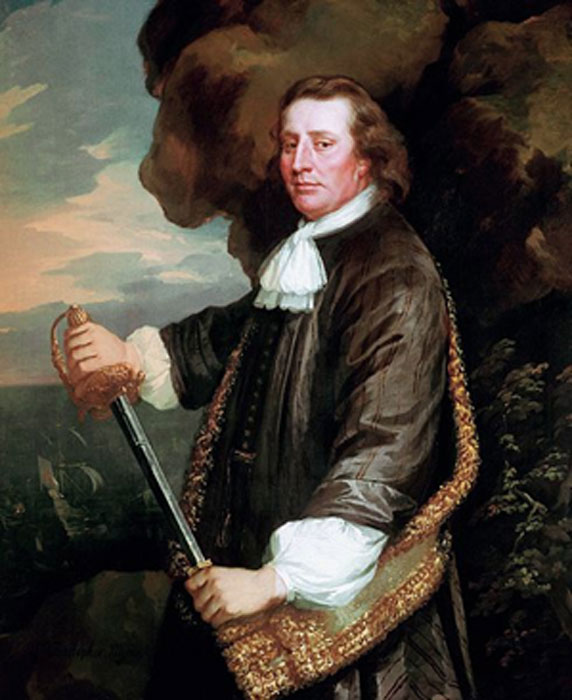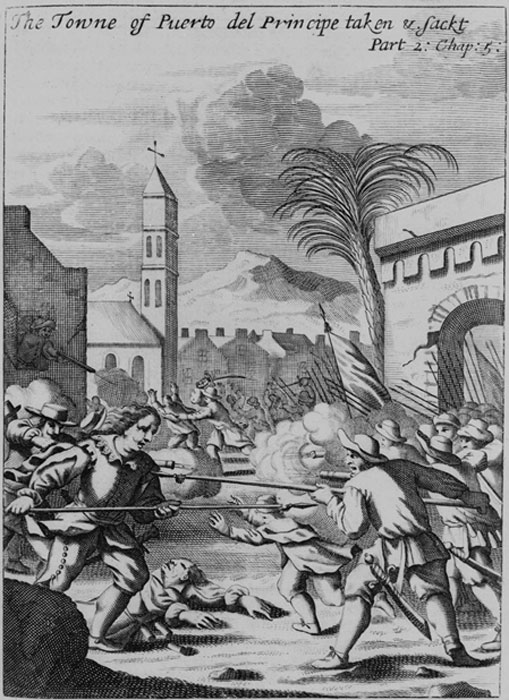
Hunting for Captain Morgan’s Lost Inca Gold
Native mythology on San Andrés talks of the privateer Captain Henry Morgan burying a vast treasure in a sea cave and in December 2018, after two years of researching the life and times of Captain Morgan, the thought of an ancient treasure lying in a sea cave became too much to resist, so Ashley Cowie assembled a small film crew, jumped on a plane from Bogotá, Colombia, and headed to San Andrés with a clear mission: Find the cave, find the treasure.
The Archipelago of San Andrés, Providencia and Santa Catalina is situated in the Caribbean Sea of Seven colors about 150 miles (240 kilometers) east of Nicaragua. The islands are peppered with secret coves and pristine white sand beaches, many of which have been named after the most famous and successful privateer (licensed pirate) of all time - Captain Henry Morgan.

Astronaut’s Photograph of San Andrés Island by NASA-Johnson Space Center. “Astronaut Photography of Earth - Display Record.” (Public Domain)
The Rise of Captain Henry Morgan
Much of Morgan's early life is unknown but most historians agree that he was born into a farming family in south Wales. Neither is it clear how Morgan made it to the ‘West Indies’ and an air of mystery also surrounds the career path which led him to becoming a legendary privateer. In scholar Violet Barbour’s excellent 1911 paper Privateers and Pirates of the West Indies it is suggested that in the early 1660s Morgan joined a group of sea raiders and might have acquired a taste for brutality as a tool, by working under Sir Christopher Myngs, whom the Spanish government considered to be a ‘mass murdering pirate’.

Vice-Admiral Christopher Myngs (1625-1666) (Public Domain).
In the mid-1600s, having a track record of bravery and fearlessness at sea, Morgan forged a friendship with Sir Thomas Modyford, the governor of Jamaica, who issued him with a letter of marque (license) to attack Spanish vessels. Morgan assembled crews of privateers, corsairs, buccaneers, full blown pirates and other sea criminals and raided Puerto Principe, modern Camagüey in Cuba, then Porto Bello in modern Panama. In 1668 he attacked the Spanish controlled Maracaibo and Gibraltar, both on Lake Maracaibo in modern-day Venezuela, gaining a vast gold wealth and destroying Spanish warships before making a daring escape. Morgan subsequently earned the name, El Diablo, for he set the Caribbean alight in his quest for gold, silver and precious stones stolen from indigenous communities by the Spaniards who were shipping it to Florida and on to Spain on the Treasure Fleet.

Puerto del Príncipe (now Camagüey) being sacked in 1668 by Henry Morgan, 1939. The Project Gutenberg EBook of On the Spanish Main, by John Masefield. (Public Domain)




